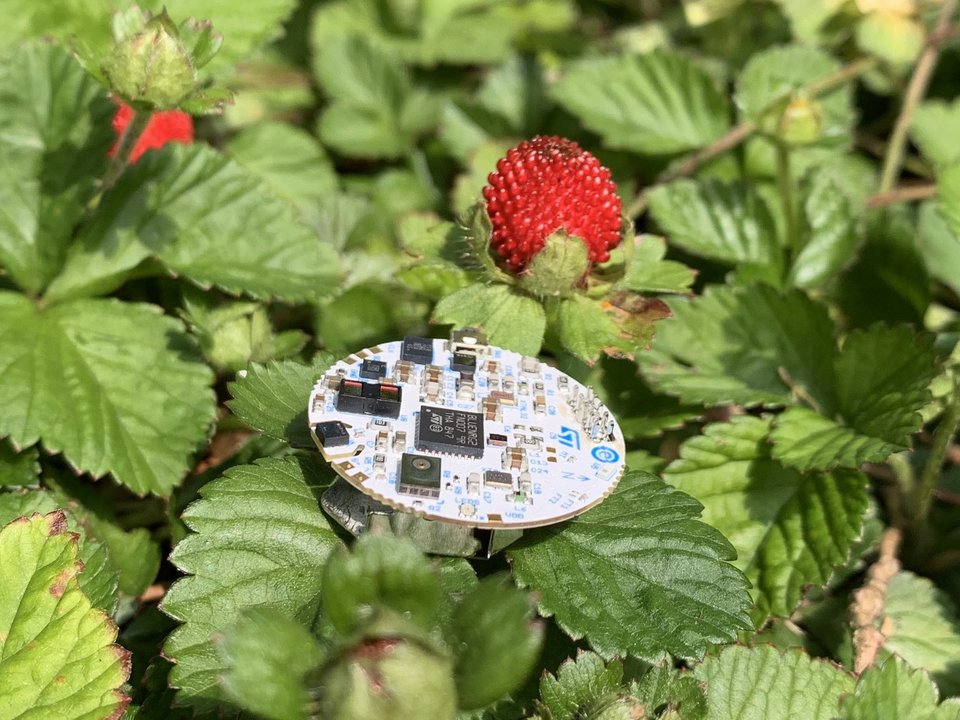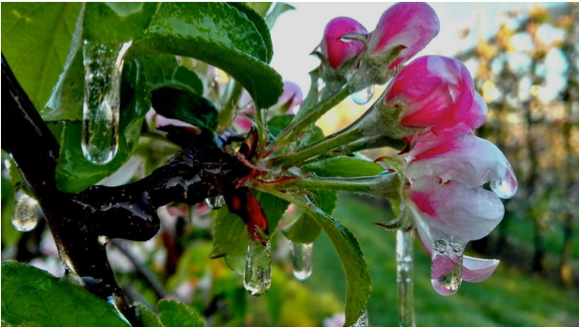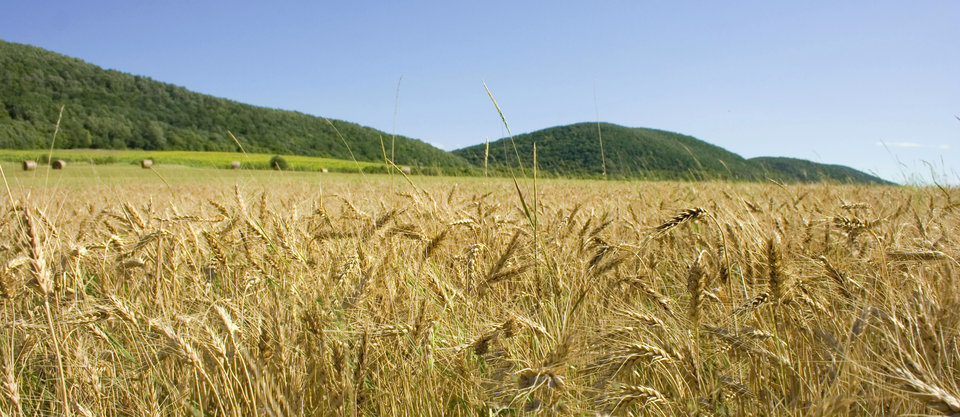Environmental Resources
Challenges:
- How to develop and deploy multi-scale sensor networks to monitor crops and their environment and capture the spatial heterogeneity of both?
- How to model plant and environmental signals to predict, detect and mitigate the effects of environmental stresses such as those caused by drought, heat, pests, frost?
Background
- Knowledge & Expertise: Measurements and modeling of water, soil and climate conditions in relation to plant growth at unprecedented high resolution and at multiple spatial scales
- Technologies: Autonomous microsensors, distributed sensor networks, remote sensing
- Research history: Early detection of plant stress (drought, nutrient deficiency), remote sensing of changes in moisture content of crops and soils
Contributions
Researchers within this theme have unique experience in employment of novel observational techniques at different spatial scales, ranging from root and leaf to greenhouse, open field and landscape scale. The data produced are used to unravel how small-scale plant behavior relates to variability of microclimate and soil properties and emerges at the larger scale.
For example, in agriculture, microwave (1-10 GHz) satellite observation and radar imagery are ideally suited for moisture monitoring of crops and soil, crop classification and crop monitoring. Synthetic Aperture Radar (SAR) is particularly valuable for agriculture because it delivers high resolution (meters) imagery regardless of cloud cover. Distributed Temperature Sensing is a highly multi-purpose technique and has proven its value for observing e.g., temperature, humidity, soil moisture, evaporation, energy/heat fluxes, and wind. Finally, measurement of stable water isotopes (18O/16O and 2H/H), which are naturally present in water, can be used to discriminate productive evaporation (i.e. transpiration) from non-productive evaporation (i.e. soil and interception evaporation), and so provide information about the water use efficiency of rain or irrigated water.
Our aim in this theme is to support wide-scale implementation of sensor technology in agriculture for a wide range of applications related to optimized and resilient agricultural production and water management.









